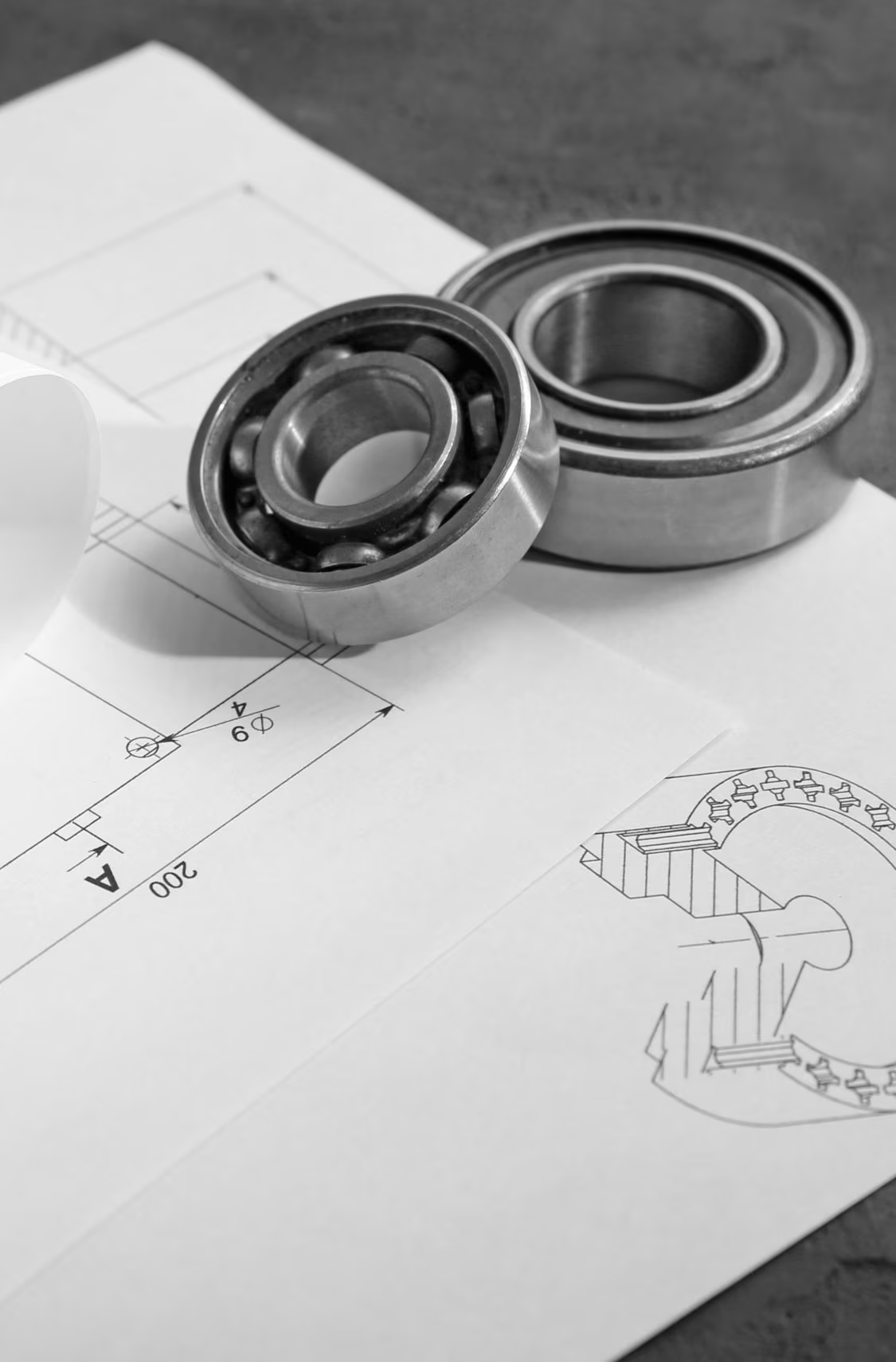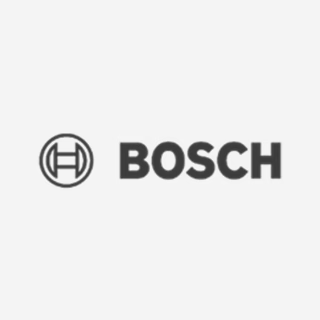



Why good industrial design makes the difference between success and failure
A successful product design determines whether a product inspires, is liked to use and prevails on the market. But design is more than just a beautiful case — it influences how intuitively a product works, how pleasant it feels and whether it will last for the long term.
Good industrial design creates trust and increases user acceptance. Products that are intuitive offer a better user experience and promote identification with the brand. Companies that incorporate design into their product strategy at an early stage benefit not only from a stronger market position, but also from more satisfied customers.
Unternehmen, die Design frühzeitig in ihre Produktstrategie einbinden, profitieren nicht nur von einer stärkeren Marktposition, sondern auch von zufriedeneren Kunden.

Your benefits with Projekter.
What are we doing differently?
With over 20 years of experience and more than 800 designed products, we have continuously developed our process to ensure short development times, lower costs and outstanding results. Our work is characterized by a holistic approach: From the initial idea to series production, we rely on
Von der ersten Idee bis zur Serienreife setzen wir auf sustainable processes and technologies in product design. Sustainability is not just a buzzword, but an integral part of every development step — from material selection through production to subsequent use and disposal of the product.
A key basis for our success is close cooperation with you as a customer. Through regular coordination points and transparent exchange, we ensure that your ideas and requirements are the focus right from the start. Your feedback is continuously incorporated into the development process in order to optimally tailor the result to your wishes and the needs of your target group. Together, we create products that are not only functionally and aesthetically convincing, but also set standards and influence trends.
Ihr Feedback fließt kontinuierlich in den Entwicklungsprozess ein, um das Ergebnis optimal auf Ihre Wünsche und die Bedürfnisse Ihrer Zielgruppe abzustimmen. Gemeinsam schaffen wir Produkte, die nicht nur funktional und ästhetisch überzeugen, sondern auch Maßstäbe setzen und Trends beeinflussen.
Our design processes are well-thought-out, structured and practice-oriented. Each step is designed to achieve the best possible result.
We focus on the essentials
Analysis of technical requirements and market conditions for a well-founded product strategy.
Detailed analysis of user needs for intuitive usability.
Joint definition of goals and milestones for a structured process.

Creative concepts with a focus on brand compliance, ergonomics and ease of use.
Development of physical or digital models for initial usability tests.
Optimizing the design for economical production, without sacrificing aesthetics.

Design and detailing for seamless production.
Validation of ergonomics, durability and production processes.
Support during the transition to series production with a focus on quality assurance.

Once again this year, we have reason to celebrate.
How we develop functional products based on user needs.
Successful product design doesn't start with the look, but with the people who will use it. What are their requirements? Which problems is the product intended to solve?
Through detailed analysis, interviews, and observations, we ensure that we identify real user needs, rather than relying on assumptions. This helps us to develop solutions that are not only visually convincing, but also really make people's everyday lives easier.
Products should adapt to people — not the other way around. A tool that can be grabbed naturally, a display that can be used without thinking, or a device that is immediately understandable without having to study instructions: These are the requirements of modern product design.
To achieve this, we rely on clear forms, an intuitive operating structure and ergonomic concepts that focus on the user. The result is products that can be easily integrated into everyday life.
In the end, the user decides. Always.



Professional product design plays a crucial role in a company's success. It is not just about external design, but about a holistic combination of aesthetics, functionality and usability.
Well-thought-out design improves the handling of a product and ensures that customers can use it intuitively. A clear and ergonomic design reduces frustration, increases satisfaction and leads to stronger customer loyalty.
Companies that use design strategically can position themselves as market leaders and secure long-term competitive advantages.
And we're happy to answer them.
Our industrial design agency combines over 20 years of industry experience with three decisive pillars: true user focus, integration of sustainability and consistent feasibility. While other agencies often stop at appealing visualizations, we develop product designs that are actually realizable.We integrate circular design and resource-saving manufacturing processes into the design process right from the start. Our understanding of production technologies and materials science guarantees that every concept can be implemented — no beautiful pictures without substance.The combination of technical know-how, production-oriented design and user-centered methodology creates products that are not only aesthetically and functionally convincing, but can also be manufactured efficiently. We bridge the gap between visionary design and practical implementation — that is our key advantage.
Not at all! Rather, it is a decisive success factor with concrete economic benefits.
Appealing industrial design creates emotional connections with consumers and increases willingness to pay, as Apple, for example, impressively demonstrates. These higher margins significantly compensate for the initial design effort.
Good design also improves functionality and user experience. Products become more intuitive to use, which reduces support costs and increases customer satisfaction. In saturated markets, design is becoming a key differentiator. Companies like Dyson have created distinctive brand identities through their design language.
Last but not least, aesthetic products are used longer and treated more carefully, which saves resources and strengthens customer loyalty.
Aesthetics is therefore not an optional embellishment, but a strategic investment that increases sales figures, brand loyalty and long-term corporate success.
Funktionales Produktdesign verbessert nicht nur die Bedienbarkeit, sondern reduziert auch Entwicklungs- und Produktionskosten.
Durch klare Funktionsdefinitionen, effiziente Konstruktion und ergonomische Gestaltung entstehen Produkte, die weniger fehleranfällig sind und eine höhere Kundenzufriedenheit erzielen.
Unternehmen profitieren zudem von geringeren Reklamationen, höheren Sicherheitsstandards und einer stabileren Marktposition, da funktionale Produkte oft nachhaltiger und langlebiger sind.
Funktionales Produktdesign ist besonders wertvoll in Branchen, in denen Effizienz, Sicherheit und klare Bedienbarkeit entscheidend sind.
Dazu gehören Medizintechnik, Maschinenbau, Elektrowerkzeuge, industrielle Geräte, Sport- und Reha-Equipment sowie Consumer Electronics.
In all diesen Bereichen sorgt funktionales Design dafür, dass Produkte präziser arbeiten, einfacher bedienbar sind und im realen Einsatz zuverlässige Ergebnisse liefern.
Ästhetisches Design legt den Fokus auf visuelle Wirkung und Markenwiedererkennung, während funktionales Design die technische, ergonomische und nutzerrelevante Leistungsfähigkeit priorisiert.
Im Idealfall ergänzen sich beide Disziplinen: Die Funktion definiert die Anforderungen, und die Form vermittelt Klarheit, Bedienbarkeit und Qualitätsanmutung.
Projekter vereint diese beiden Perspektiven, sodass Produkte sowohl gut funktionieren als auch überzeugend aussehen.
Unsere Industrie-Designagentur verbindet über 20 Jahre Branchenerfahrung mit drei entscheidenden Säulen: echte Nutzerzentrierung, Integrierung von Nachhaltigkeit und konsequente Machbarkeit. Während andere Agenturen oft bei ansprechenden Visualisierungen stehenbleiben, entwickeln wir Produktdesigns, die tatsächlich realisierbar sind.
Wir integrieren Kreislaufdesign und ressourcenschonende Fertigungsprozesse von Beginn an in den Designprozess. Unser Verständnis von Produktionstechnologien und Materialwissenschaften garantiert, dass jedes Konzept umsetzbar ist. Keine schönen Bildchen ohne Substanz.
Die Kombination aus technischem Know-how, fertigungsgerechtem Design und nutzerzentrierter Methodik schafft Produkte, die nicht nur ästhetisch und funktional überzeugen, sondern auch effizient herstellbar sind. Wir überbrücken die Kluft zwischen visionärem Design und praktischer Umsetzbarkeit. Das ist unser entscheidender Vorteil.
The biggest stumbling blocks in product design are caused by a lack of user understanding. Many designers design from an interior perspective instead of from a user perspective. The result: aesthetically appealing but impractical products.
Another mistake is ignoring user feedback early in development. If testing is carried out only after the production phase, changes become expensive and time-consuming.
Neglecting accessibility also unnecessarily limits the potential user group. As a successful design agency, we avoid these pitfalls by:
1. Early and continuous user research with structured interviews
2. Iterative prototyping with regular user testing
3. Close collaboration between designers, developers and stakeholders
4. Implementation of design systems for consistent user experience
5. Integrating accessibility as a basic principle, not as a subsequent adjustment
This systematic approach results in products that not only look good, but also effectively solve real user problems.
Die Dauer einer Produktentwicklung hängt von Komplexität, Funktionsumfang und erforderlichen Validierungsstufen ab. Ein einfaches Konsumprodukt kann innerhalb weniger Wochen entwickelt werden, während technische oder sicherheitsrelevante Produkte mehrere Monate oder länger benötigen.
Entscheidend ist, dass die funktionalen Anforderungen früh definiert und iterative Tests eingeplant werden. Durch strukturierte Prozesse, CAD-Entwicklung und schnelle Prototypen lassen sich Entwicklungszeiten deutlich reduzieren.
Bei Projekter schaffen wir klare Projektphasen, damit Aufwand, Zeitplan und Risiken jederzeit transparent bleiben und Produkte effizient und schnell zur Marktreife gelangen.
Produktdesign konzentriert sich auf die Gestaltung eines Produkts aus Sicht der Nutzer: Wie fühlt es sich an? Wie intuitiv ist die Bedienung? Wie wirkt die Form? Der Schwerpunkt liegt auf Benutzerfreundlichkeit, Ästhetik und der emotionalen Verbindung zwischen Produkt und Anwender.
Industriedesign hingegen betrachtet zusätzlich die technischen und fertigungsspezifischen Anforderungen eines Produkts. Es verbindet Funktion, Ergonomie, Materialwahl und Herstellbarkeit mit dem gestalterischen Anspruch. Während Produktdesign häufig stärker kreativ orientiert ist, ist Industriedesign tief in technischen Prozessen, Fertigungstechniken und Serienproduktion verankert.
In der Praxis überschneiden sich beide Bereiche stark. Produktdesign gestaltet das Was, Industriedesign optimiert das Wie: Wie das Produkt funktioniert, hergestellt wird und im realen Einsatz zuverlässig performt.
A small selection of projects that are not ordinary even for us.